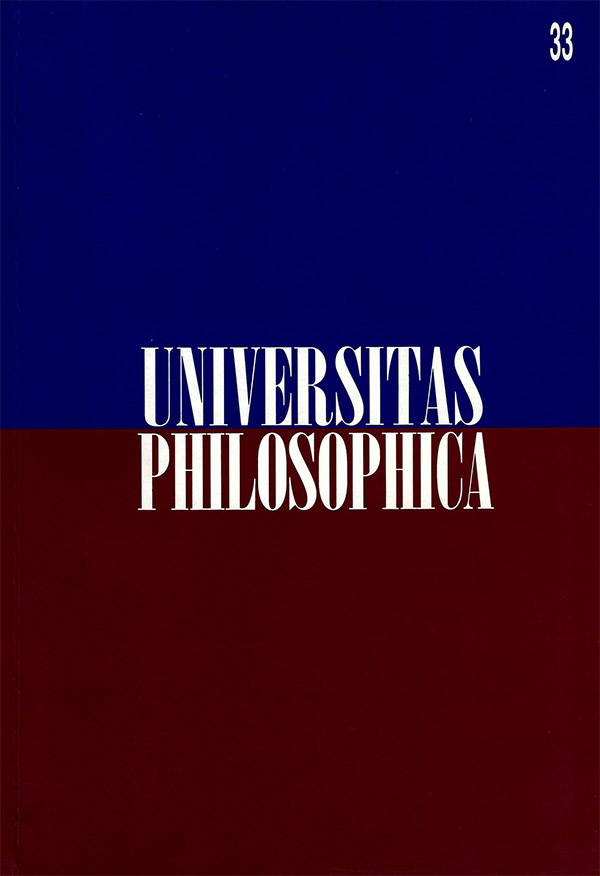American Scholastics of The XVII Century and The So Called "Tibetanisation" Of Hispanic Culture
##plugins.themes.bootstrap3.article.details##
Abstract
This text attempts to moderate the phenomenon of "tibetanisation" of Hispanic culture in the XVII century, as described by Ortega y Gasset. According to Payne, Spain's isolation from the more advanced European countries of that era was, indeed, an actual phenomenon, but a relative one. Today we know that in the last two decades of the XVII century Spain started to recover the lost time, trying to reinsert itself in the "culta Europa" long before the French Enlightenment. The same process of reinsertion in the modem culture takes place in the Nuevo Reino de Granada before the rival of the wise Mutis in the year of 1760. As a proofs of this thesis are remarkable, on one hand, the "objectivist" typically modern character of the theory of knowledge exposed by Jiian Martínez de Ripalda in his work De usu et abusu doctrine Divi Thomae and, in the other hand, the fact that in the Brevis Tractatus de caelo et astris (1693) Mateo Mimbela exposed the new theories of Copernicus, Tycho Brahe and Galileo for the fist time, accepting some of the modern thesis.
Keywords
Juan Martínez de Ripalda, cultura europea, Nuevo Reino de Granada, Siglo XVIIJuan Martínez Ripalda, european culture, New King of Granada, century XVII
References
How to Cite
Marquínez Argote, G. (2014). American Scholastics of The XVII Century and The So Called "Tibetanisation" Of Hispanic Culture. Universitas Philosophica, 16(33). Retrieved from https://ojspuj.repositoriodigital.com/index.php/vniphilosophica/article/view/11400
Issue
Section
Articles


